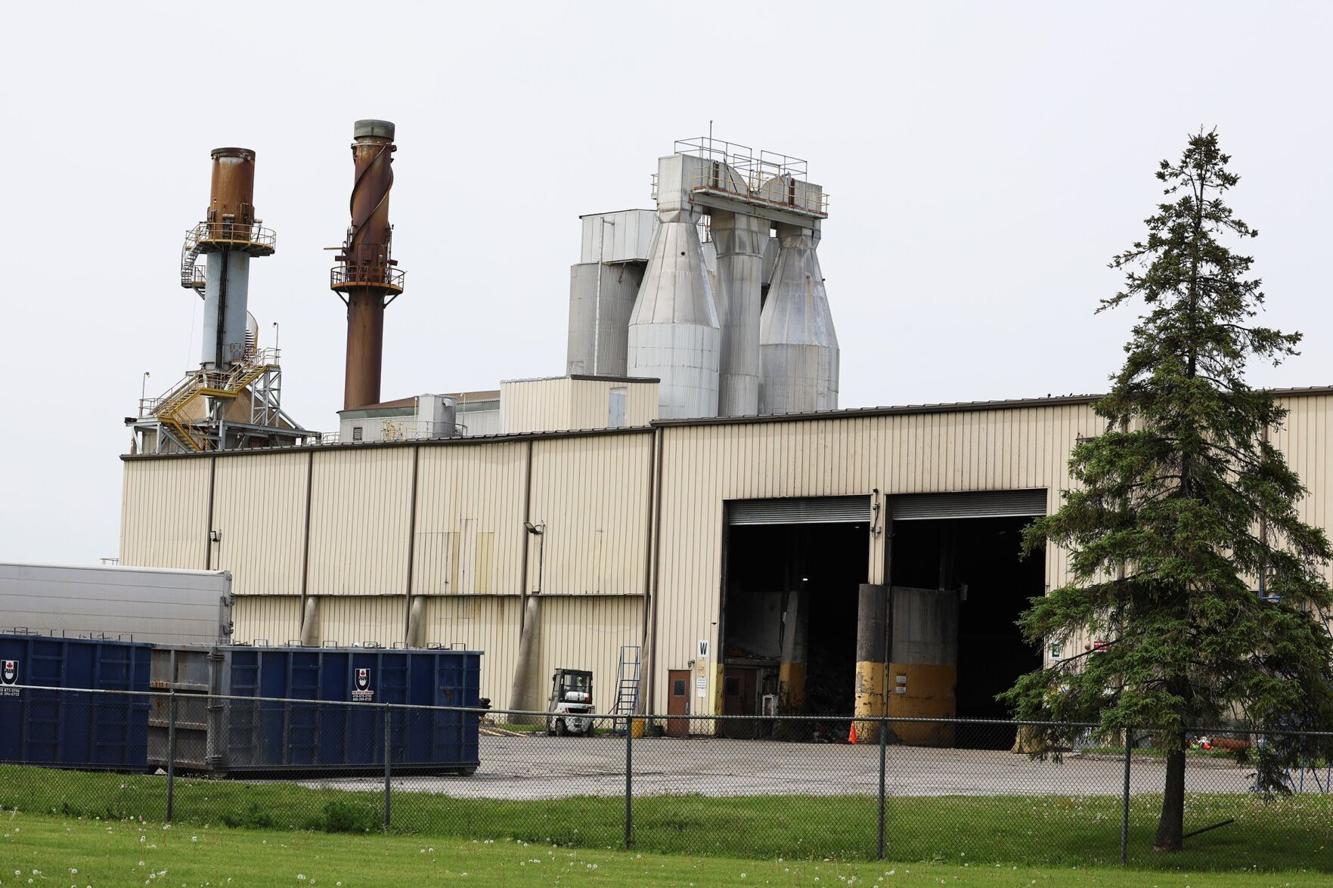The controversial Emerald Energy-from-Waste incinerator project in Brampton is moving forward, with the company confirming its two-phase expansion is slated to begin pre-construction in late 2026 and reach full operation by 2030. The project — already approved by Ontario’s Ministry of the Environment, Conservation and Parks (MECP) — has sparked mounting opposition from Environmental Defence and the Brampton Environmental Alliance, who warn that outdated pollution standards and weak oversight could leave nearby residents exposed to health risks.
Emerald Energy-from-Waste plans to rebuild its existing facility on Bramalea Road, replacing it with two new high-capacity processing lines. Each line will have its own boiler, though the company has yet to decide whether the upgraded facility will use one or two emission stacks. Key milestones announced by Emerald’s General Manager Joe Lyng include completion of front-end engineering and design in January 2026, submission of environmental compliance applications (ECAs) in February, groundbreaking in October 2026, installation of Phase 1 equipment in summer 2027, commissioning and testing of the first new line by late 2028, decommissioning of the existing system in winter 2029, and completion of Phase 2 by late 2030. Emerald says the redevelopment will include backup power systems and will operate continuously throughout construction to maintain waste-processing capacity for Peel Region.
Despite MECP’s approval, the project remains highly contentious. More than 446 formal elevation requests were submitted by residents, environmental advocates, and Peel Public Health demanding a full Environmental Assessment, a call the ministry declined. Critics argue that oversight through ECAs alone is insufficient because these approvals only govern operational limits for emissions and waste but do not assess cumulative health or environmental impacts prior to approval.
Environmental Defence’s senior program manager Karen Wirsig said, “What Emerald is proposing is the largest waste incinerator in Canada, and one of the largest in the world. It’s located in a densely populated community that already experiences worse health outcomes compared to other Peel residents. This should not move forward without the strongest pollution controls and transparency measures possible.” She urged the province to approve only Phase 1 of the project initially, allowing for review of safety data before full build-out.
Environmental Defence and the Brampton Environmental Alliance are demanding continuous, publicly accessible emissions monitoring, including monthly sampling for dioxins and furans, and ongoing ambient air testing for nitrogen oxides, sulphur oxides, and fine particulate matter near the site. They are also calling for biomonitoring studies to measure the long-term impact of emissions on local soil, vegetation, and wildlife. “Dioxins and furans accumulate in the food chain over time,” Wirsig said. “Residents deserve transparency and real-time public reporting — not backward-looking summaries.”
Emerald has rejected automatic long-term dioxin testing, calling it ineffective for real-time improvement. Lyng said the company will instead focus on monitoring the combustion process itself to reduce emissions, with plans to publish quarterly summaries of emission data and post stack test schedules in advance.
Both Environmental Defence and BEA have criticized Ontario’s reliance on “Guideline A-7: Air Pollution Control, Design and Operation Guidelines for Municipal Waste Thermal Facilities,” which has not been updated since 2009. “It’s unacceptable that the province is approving the country’s largest incinerator using 16-year-old standards,” said Steve Papagiannis, member of the Brampton Environmental Alliance. “Every ministry should be regularly reviewing its regulations. To not update these guidelines is to neglect the public’s right to a safe environment.”
Environmental Defence has urged the province to adopt European Union (EU) standards, which are widely regarded as the global benchmark for waste-to-energy pollution control and continuous emissions monitoring. The Ministry of the Environment has not confirmed whether it plans to update Ontario’s incineration standards. Emerald maintains that it is committed to transparency and compliance and plans to engage the community through a public liaison committee to share emissions data and project updates as construction progresses. However, environmental groups remain skeptical, warning that the expansion could deepen air quality and health inequities in a community already burdened by industrial emissions and highway pollution. “This project should not move ahead until Ontario modernizes its pollution standards,” Wirsig said. “Residents of Brampton deserve clean air, not higher risk.”

